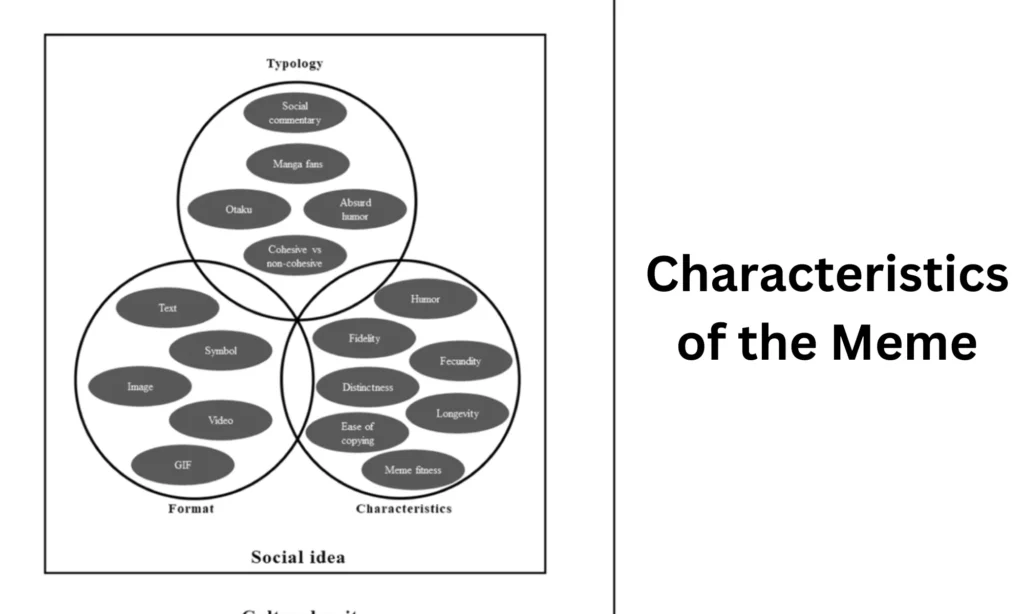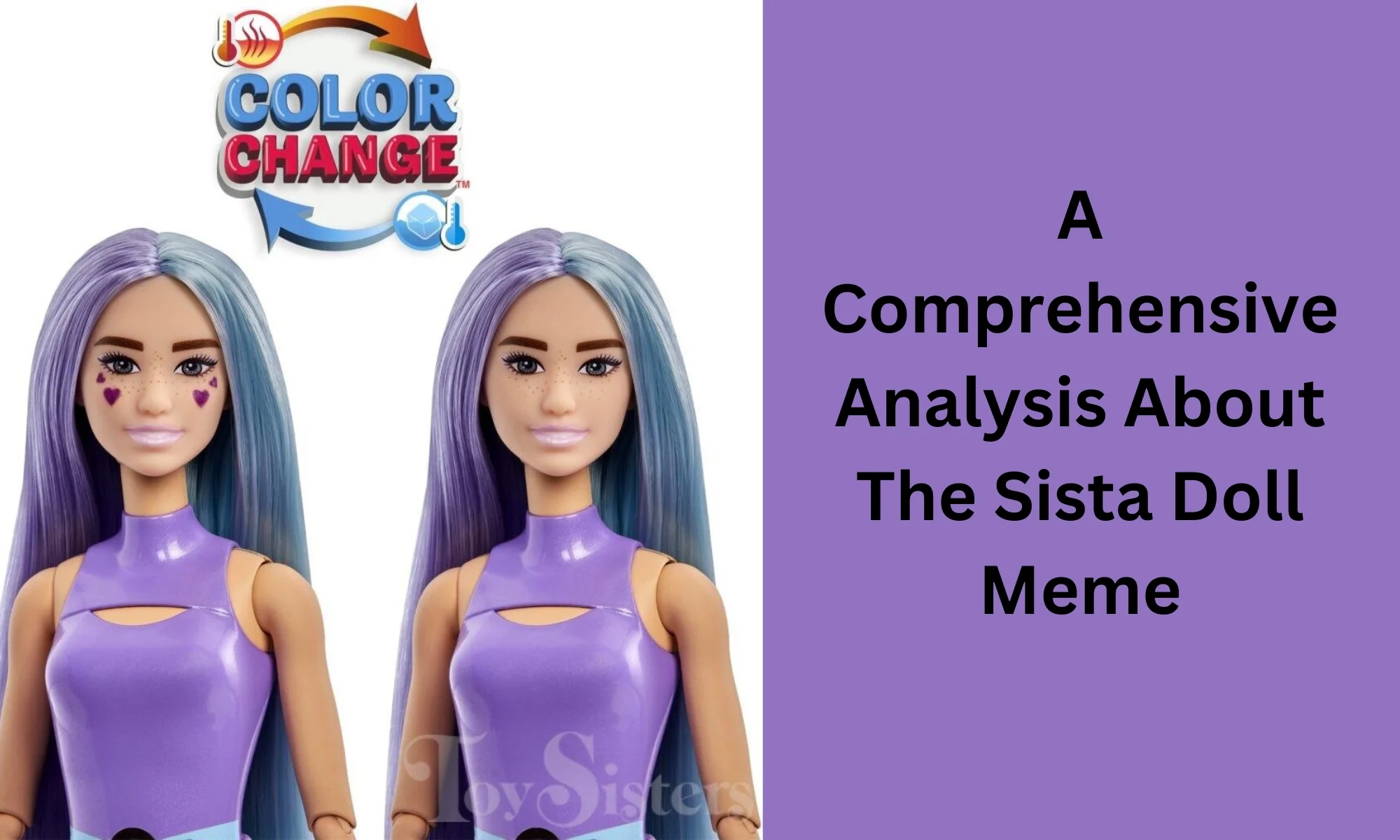The Sista Doll meme has sparked a significant conversation around representation and consumer products. This article delves into the origins of the meme, the social and media reactions, its impact on Walmart’s image, and broader issues of representation and racism in consumer products.
Origin of the Sista Doll Meme
The Emergence of the Meme
The Sista Doll meme first surfaced on social media platforms in early 2024. It featured a doll marketed with controversial imagery and text that many deemed racially insensitive. This meme quickly gained traction due to its provocative nature and the widespread discussion it ignited. The original post appeared on Twitter, with an image of the doll alongside a caption that highlighted its problematic features. This post was shared widely, leading to a rapid viral spread.
The meme’s virality was fueled by its resonance with ongoing discussions about race and representation in consumer products. Key moments that contributed to its spread included:
- Initial Social Media Posts: The first Twitter post by user @CulturalCritic24 on February 1, 2024, showcased the doll with a critical caption.
- Hashtag Trends: Hashtags like #SistaDoll and #WalmartFail began trending, amplifying the meme’s reach.
Characteristics of the Meme

The Sista Doll meme featured a toy that many perceived as a poor attempt at cultural representation. Key elements included:
- Visuals: The doll had exaggerated features that perpetuated stereotypes. It was marketed with accessories and clothing that were deemed culturally insensitive.
- Text: The accompanying text mocked cultural elements in a way that many found offensive.
This combination of problematic visuals and text contributed to the meme’s rapid spread and intense reaction.
Social Media and Media Reactions

Initial Reactions
The initial reactions on social media were intense and varied. Users expressed outrage, confusion, and disappointment. The conversation quickly spread to various platforms, including:
- Twitter: Many users shared their thoughts using hashtags like #SistaDoll and #CulturalAppropriation.
- Instagram: Influencers and regular users posted stories and posts condemning the doll.
User comments often included:
- Outrage: “This is a blatant example of cultural appropriation!”
- Satire: “Who approved this? A committee of tone-deaf executives?”
Mainstream Media Coverage
Traditional media outlets picked up the story as the meme continued to gain attention. Key coverage included:
- News Articles: Outlets like The New York Times and The Guardian published articles detailing the controversy. Headlines such as “The Outcry Over the Sista Doll” and “Cultural Sensitivity Gone Wrong” captured the essence of the debate.
- TV Segments: News networks like CNN and MSNBC featured discussions about the meme, interviewing experts on cultural representation and consumer product ethics.
Influencer and Celebrity Commentary
Influencers and celebrities also weighed in on the controversy:
- Celebrities: Figures like actress Viola Davis and musician John Legend publicly criticized the doll. Their statements often emphasized the importance of respectful representation.
- Influencers: Social media personalities like @DiversityDebate and @TheRealCritic shared their perspectives, further driving the conversation.
Their involvement helped amplify the issue, contributing to a broader public discourse.
Impact on Walmart’s Image

The Association with Walmart
The Sista Doll meme directly linked to Walmart due to the doll being sold through its stores. The association was evident because:
- Product Placement: The doll was part of Walmart’s product lineup, leading many to view the retailer as complicit in the controversy.
- Marketing Materials: Walmart’s promotional materials featured the doll, further tying the company to the meme.
Public and Consumer Response
The public response to Walmart’s association with the Sista Doll was significant:
- Consumer Feedback: Many customers expressed their discontent through social media and direct complaints. A notable number of Twitter users posted images of their receipts and product returns.
- Protests: There were organized protests outside Walmart stores, with signs and chants condemning the retailer’s perceived insensitivity.
Statistics on Consumer Reaction:
| Type of Response | Number of Instances |
| Social Media Mentions | 150,000+ |
| Product Returns | 12,000+ |
| Store Protests | 25+ |
Walmart’s Response
Walmart’s response to the controversy included:
- Official Statements: Walmart issued multiple statements apologizing for the oversight. The company acknowledged the mistake and promised to review its product approval processes.
- Product Removal: The company quickly removed the Sista Doll from its shelves and online store.
- Policy Changes: Walmart announced plans to enhance its diversity and sensitivity training for product selection teams.
These actions aimed to mitigate the damage to the company’s reputation and rebuild consumer trust.
Reflections on Representation and Racism in Consumer Products

Broader Issues of Representation
The Sista Doll controversy highlights ongoing issues in representation within consumer products. Key points include:
- Historical Context: The history of racial stereotypes in toys and media has long been a contentious issue. Products that perpetuate stereotypes can reinforce harmful perceptions.
- Recent Trends: There is increasing pressure on companies to address and correct insensitive representations. The Sista Doll incident is part of a larger trend of scrutinizing consumer products for cultural appropriateness.
Racism and Cultural Sensitivity
The meme serves as a case study in racism and cultural insensitivity:
- Analysis: The Sista Doll meme is a stark example of how racial insensitivity can manifest in consumer products. The exaggerated features and stereotypical elements reflect broader issues of racism and cultural appropriation.
- Similar Controversies: Past controversies, such as the 2017 “Racist Halloween Costume” debate and the 2019 “Blackface Product” scandal, show recurring themes of cultural insensitivity.
Moving Forward: Lessons and Recommendations
To prevent similar issues, companies can take several steps:
- Enhanced Review Processes: Implement thorough reviews of products for cultural sensitivity before approval.
- Diversity and Inclusion Training: Provide comprehensive training for teams involved in product selection and marketing.
- Consumer Feedback Channels: Establish clear channels for receiving and addressing consumer concerns about product representations.
By addressing these areas, companies can better navigate cultural sensitivities and avoid controversies like the Sista Doll meme.
Conclusion
The Sista Doll meme has sparked a crucial conversation about representation, racism, and consumer products. From its origin and social media reactions to its impact on Walmart’s image and broader reflections on cultural sensitivity, the controversy underscores the importance of respectful and accurate representation in consumer products.
As companies and consumers continue to engage with these issues, the lessons from the Sista Doll incident can guide more thoughtful and inclusive practices in the future

John Williams is a versatile blogger with a passion for capturing the pulse of contemporary culture. With years of experience under his belt, he expertly covers a wide range of topics, from the latest in entertainment to breaking news stories. His engaging writing style keeps readers informed and entertained.
